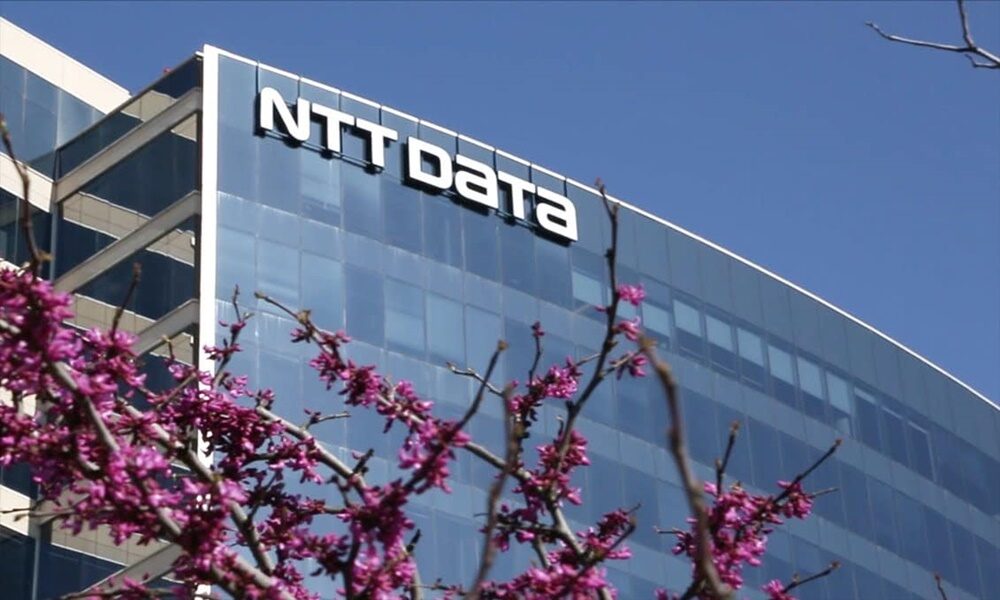
When the company with the bitten apple introduced the new Apple M1 Max and M1 Pro SoCs it managed to exceed, without any doubt, all the expectations it had generated. Leaving aside the controversial comparisons that began to emerge across the Internet, the important thing is that in the end, Apple had shown that I could go ahead without the x86 architecture.
The new Apple M1 Max series and Pro series SoCs offer a very big leap in CPU performance, and also in GPU performance, but what will come next? That is the question that some experts in the technology sector are asking, and the answer has not been long in coming, although it still does not have official validity: a leap to chiplet design with configurations of 10 cores per chiplet.
As many of our readers will know, the chiplet concept draws directly on the design that AMD has used in its Ryzen 3000 series and higher processors, and is characterized by use small interconnected silicon pads that add up to a certain number of CPU cores, and that when joined together can form more powerful processors, with a high number of cores and threads, and with a lower cost on the wafer.
The first generation of new generation Appel M1 SoCs will have up to 20 CPU cores, 10 cores for each chiplet (two chiplets in total), and will have a new generation Apple GPU that will also be much more powerful than current solutions. This generation will be manufactured in the process of 4 nm TSMC.
With the next generation, there will be another important leap that will start from that same base, that is, from an MCM-type design that will allow Apple to design new SoCs with a configuration of up to 40 CPU cores. We are not clear about the commercial name that they will have, that is, if they will keep the Apple M1 nomenclature or if, on the contrary, they will make the jump to a different numbering, but the important thing is that they will mark a very big advance for the apple company.
To make that configuration of 40 cores divided into four chiplets workable, Apple will theoretically use TSMC’s 3nm node, and will mount a unified interconnection system that will allow to maintain the format that we have seen since the arrival of the first generation Apple M1, that is, all the elements of the system will be concentrated in a very small space.
It is rumored that, in the future, Apple could also resort to that MCM approach to designing the SoCs that will bring the Mac Pro to life, a team that will be a total bet for the gross power, due to the main sector to which it is directed.



